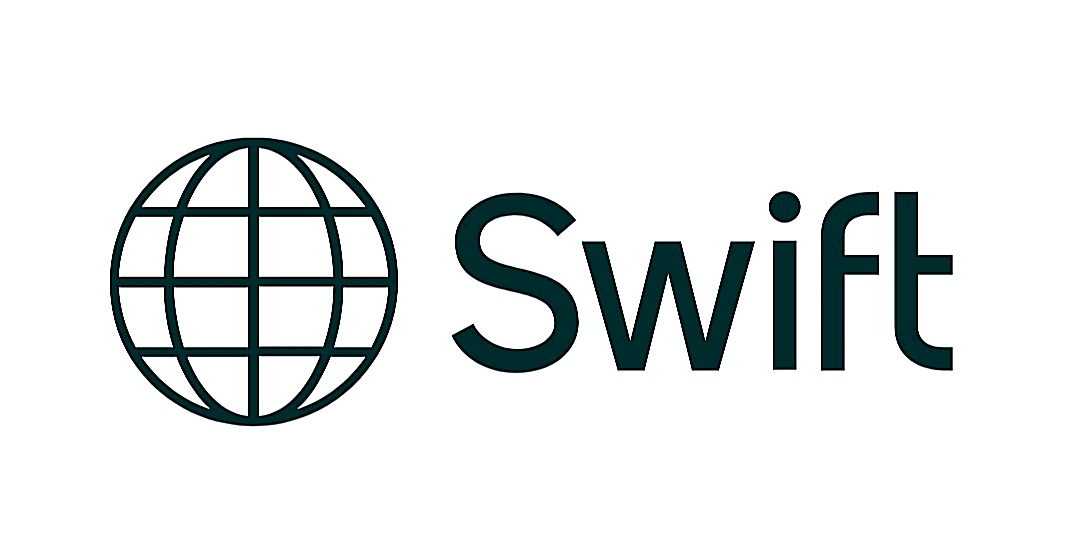Geology Objective Type Questions (Series – 10)
Q. 1. Which of the following is a post
volcanic activity?
(a). Hot Spring formation
(b). Earthquakes
(c). Lava ejection
(d). Lagoon formation
Q. 2. Synclines and anticlines are the
terms associated with
(a). Volcanoes
(b). Faulting
(c). Earthquakes
(d). Folding
Q. 3. Oceanic tidal waves that result
from Earthquakes are known as
(a). Tornadoes
(b). Hurricanes
(c). Tsunami
(d). Willy-willy
Q. 4. A volcano is a vent or an opening
in the Earth`s crust through which .............. come out
(a). clouds of gases
(b). molten lava
(c). dust, steam and sometimes pieces
of rocks
(d). all
Q. 5. Volcano that has not erupted at
all in the past but retain the features of volcano is called
(a). Dead volcano
(b). Active volcano
(c). Extinct volcano
(d). Dormant volcano
Q. 6. Volcanic activity leads to the
formation of
(a). River valleys
(b). Crater lakes
(c). Lagoons
(d). Coastal terraces
Q. 7. Which ocean has the world`s
largest number of active volcanoes (also called “Ring of Fire”)?
(a). Antarctic Ocean
(b). Pacific Ocean
(c). Atlantic Ocean
(d). Indian Ocean
Q. 8. .................. is the science
that deals with the movements inside the Earth`s crust.
(a). Geology
(b). Geography
(c). Seismology
(d). Archaeology
Q. 9. The intensity of Earthquake is
measured by
(a). Richter scale
(b). Secant scale
(c). Mathematical scales
(d). Mercalli scale
Q. 10. Volcanoes and Earthquakes occur
mostly in
(a). Coastal regions
(b). Plateau regions
(c). Folded and Faulted regions
(d). Deep Sea plains
|
Answers
|
|
Q.
1 -
(b)
Q.
3 -
(c)
Q.
5 -
(c)
Q.
7 -
(b)
Q.
9 -
(a)
|
Q.
2 -
(d)
Q.
4 -
(d)
Q.
6 -
(b)
Q.
8 -
(c)
Q.10 - (c)
|
Powered
by




Comments
Post a Comment